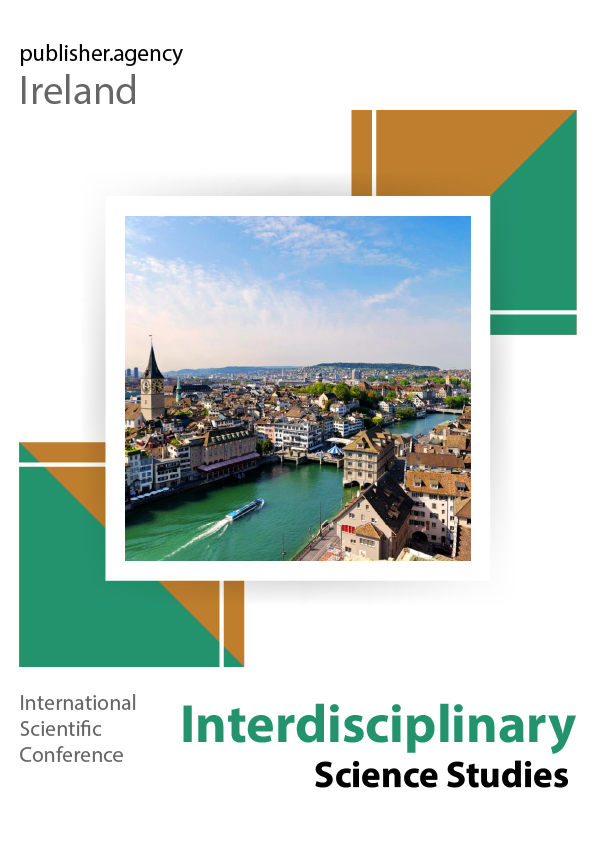NEW STRATEGY FOR PRIMARY PREVENTION OF RADIATION-INDUCED CANCER THROUGH THE LENS OF THE CHERNOBYL EXPERIENCE
Keywords:
cancer prevention, low doses of radiation, co-mutagens, radioprotectors, cytogeneticsAbstract
The problem of radiation carcinogenesis has been studied intensively for only a few decades and has become particularly relevant due to the long-term negative consequences of the Chernobyl disaster, the development of the nuclear industry, and the use of radiation methods of diagnosis and treatment in medicine, which increases the number of people exposed to additional radiation loads. But most importantly, the Chernobyl experience has proven the carcinogenic danger of radiation to the human body in the low-dose range. The prolonged radioecological crisis that developed after the accident at the Chernobyl Nuclear Power Plant dictates the need for new approaches to the development of prevention of stochastic effects, including carcinogenic ones, caused by the action of ionising radiation in low doses. A limiting factor in the study of this problem is the long latent period of radiation carcinogenesis, since no morphological or functional changes are observed in the body in the relatively early stages after exposure to low (above background) doses. Ethical indicators, individual radiosensitivity of humans
Published
How to Cite
Issue
Section
License

This work is licensed under a Creative Commons Attribution-ShareAlike 4.0 International License.

